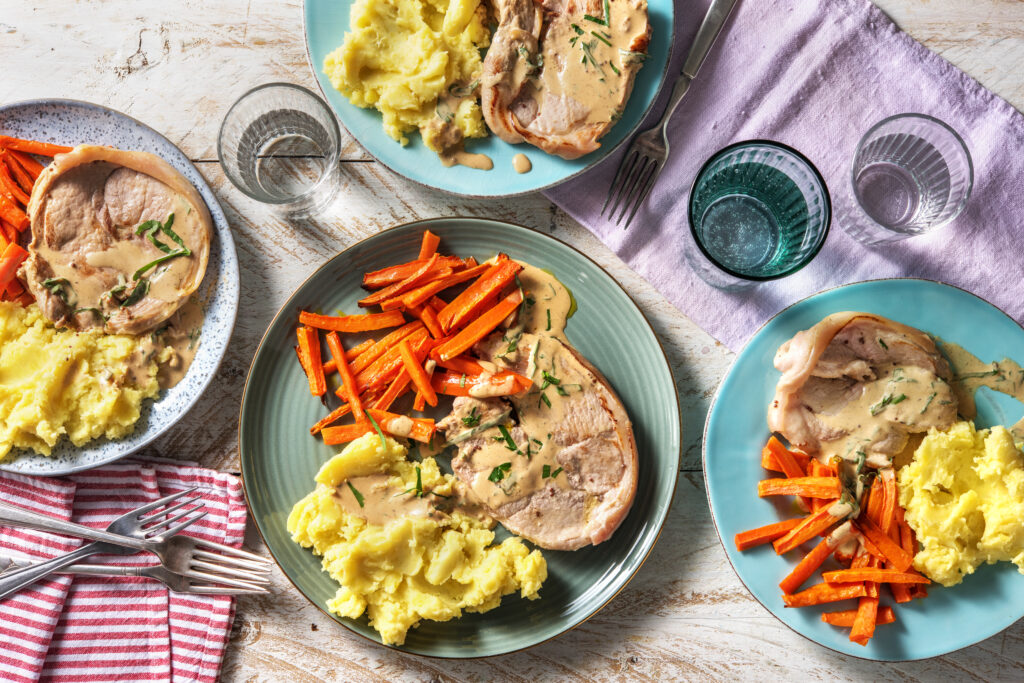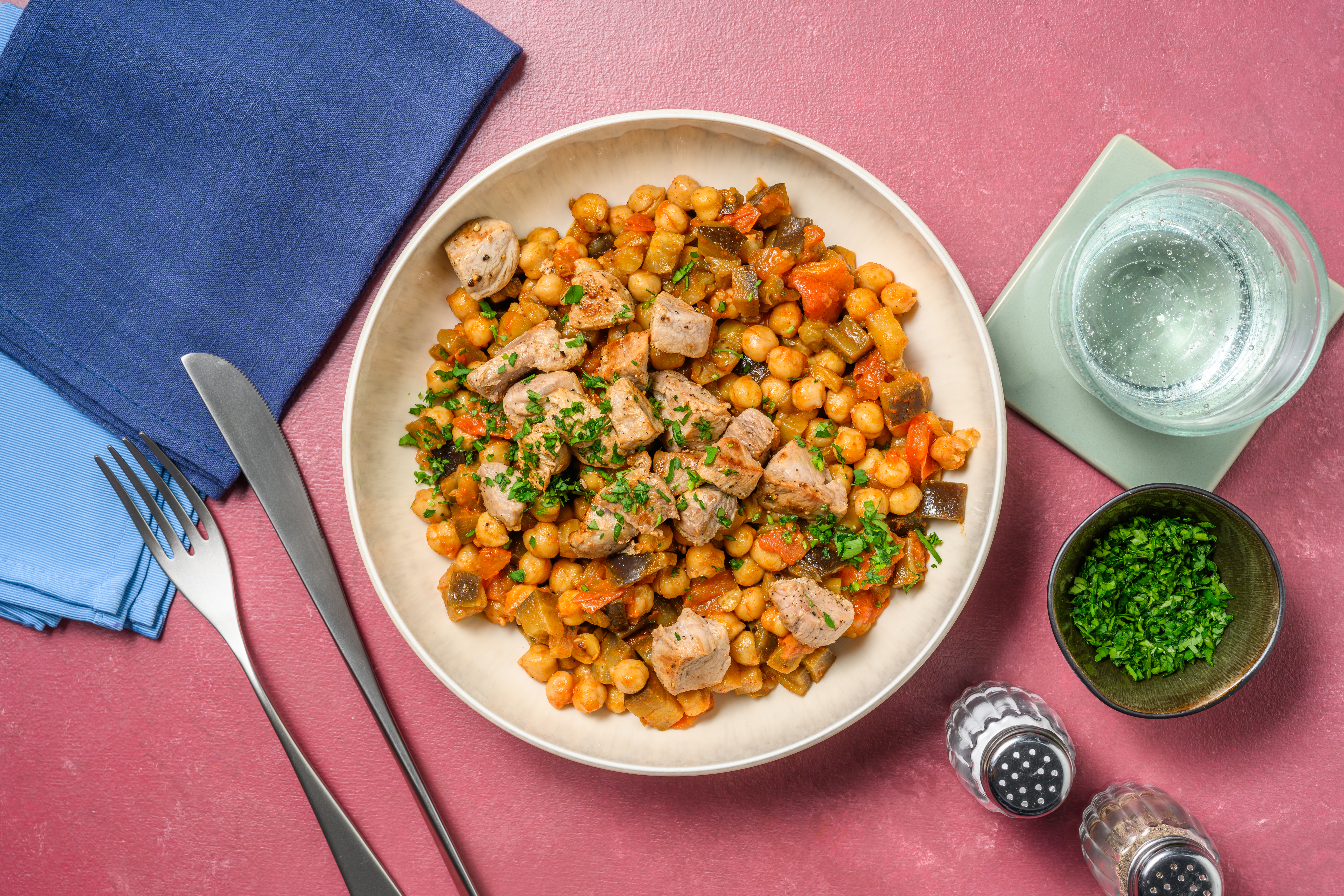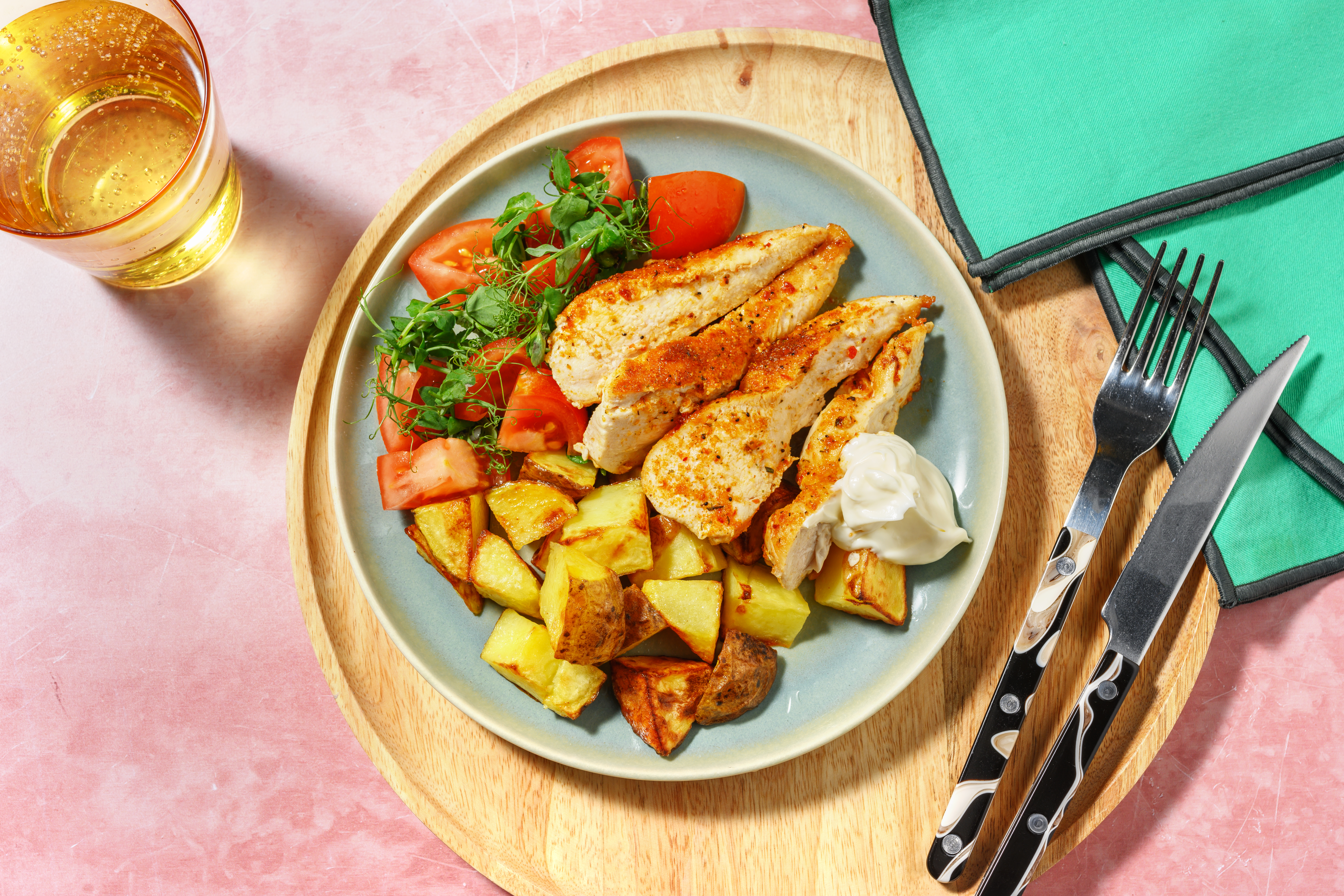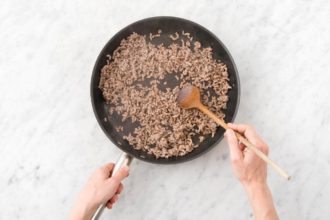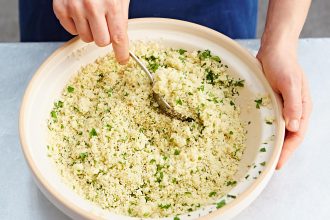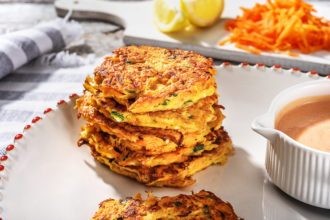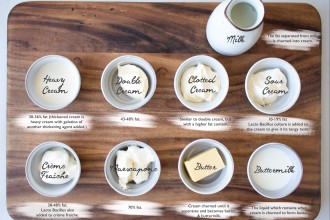How to cook a ham joint
June 11, 2024It may be seen as a traditional seasonal classic, but knowing how to cook the perfect ham joint won’t just be handy at Christmas, though this Christmas ham recipe is really festive. People enjoy ham all year round, and it’s certainly a popular meaty meal at many summer dinner parties. Delight your family and impress friends by serving the most succulent ham when you’re next hosting guests. Here’s a step-by-step guide to cooking a ham joint to perfection.
What is a ham joint?
Ham joint is a cut of meat from a pig’s hind legs, also known as gammon. The joint is sold raw and has been cured (typically using brine, salt or smoke), whereas ham has already been cooked and is ready to eat.
Effortlessly versatile, cooked gammon (ham) can be eaten freshly cooked and cold. In fact, a leftover cold cut is a real treat in the days after you’ve cooked a ham joint, paired with a parsley sauce, chutney, or even mixed into a summer salad. Read on for more delicious ideas on what to serve with your cooked ham.
How to cook a ham joint
There are three common ways to cook a ham joint: boiling, roasting and baking.
Remember to weigh your joint first, as this will impact the cooking times (see below for more details on the cooking time for ham).
Here are three ways to cook the perfect ham joint:
1. How to boil a ham joint
Boiling is the simplest way to cook your ham joint.
- Place ham in a large pan and immerse in cold water. Optional: Add flavouring at this stage, e.g. bay leaves, black peppercorns or cinnamon.
- Bring water to the boil. Once water has boiled, reduce heat and simmer. Calculate the cooking time by the weight of your ham (20 minutes per 450g, plus an extra 20 minutes, or until thoroughly cooked).
2. How to roast a ham joint
Cooking ham in the oven is another easy option.
Roasting gives a delightful glaze to the surface of your cooked ham joint.
- Place ham in a pan and immerse in cold water.
- Boil for 10 minutes per 450g, plus an extra 10 minutes, then carefully remove the joint from the pan, drain and wrap well in tin foil.
- Preheat the oven to 180°C and bake for 10 minutes per 450g, plus an extra 10 minutes, or until thoroughly cooked.
For a glazed finish, cook the ham as above, then remove the meat from the oven 30 minutes in. Remove any rind from the ham and score the fat, then top with your glaze of choice.
Some ham glaze examples include:
- Honey ham glaze: 5 tbsp clear honey topped with muscovado sugar.
- Mustard ham glaze: Spread mustard over the surface and top with muscovado sugar.
- Citrus ham glaze: Warm 1/2 jar marmalade, 2 crushed garlic cloves, 75 ml orange juice and 1 tbsp grated ginger. Once the marmalade has melted, the glaze is ready to be added.
- Christmas ham glaze: Apricot, brown sugar, mustard and a splash of brandy.
Once the glaze has been brushed over the top of the joint, return to the oven for the remainder of the cooking time.
3. How to cook ham joints in a slow cooker
Another hassle-free method of cooking a ham joint is in a slow cooker, making the meat more tender and flavoursome.
- Place the ham joint in your slow cooker, adding halved onions, chopped carrots and bay leaves.
- Pour in liquids (you can use apple juice, ginger ale, cola or just water), cover, and cook for 4-6 hours on a high setting or 6-8 hours on a lower setting.
- Remove the ham from the slow cooker and allow it to cool. The braising liquids can be saved to use in soups and stews or even to flavour grains.
If you want to make the cooking process easier, you can use a meat thermometer to check the internal temperature of your food. If the core temperature (where the ham is thickest) is 60°C for 45 minutes, 65°C for 10 minutes, 70°C for two minutes, 75°C for 30 seconds and 80°C for six seconds, then it has reached its perfect temperature.
All food products vary. The instructions printed on the food packaging always supersedes those printed in this article and must always be followed.
Scoring the ham as part of the preparation helps absorb additional flavours from the glaze, which is especially useful and appealing during the festive season. Use a sharp knife and trim the skin from the top of the ham, leaving the white fat covering underneath. Lightly score the fat into a diamond pattern, with each incision reaching about 1.5cm in length. Top tip: Slice almost through the fat, but not into the meat. Transfer the ham, fat-side up, to the roasting tray. Push whole cloves into the middle of each diamond for a festive look and taste.
Ham recipes
Due to its versatility, ham can be paired with various accompaniments, allowing for seasonal changes. Some delicious and simple recipes include:
- Mustard seed mash
- Roasted asparagus, Brussels sprouts or broccoli
- Honey-glazed parsnips or carrots
- Mac & cheese or Mac & greens
- Potato salad
- Rice Pilaf
All cooking appliances vary. These are guidelines only. Ensure the food is piping hot before serving. Do not reheat.


